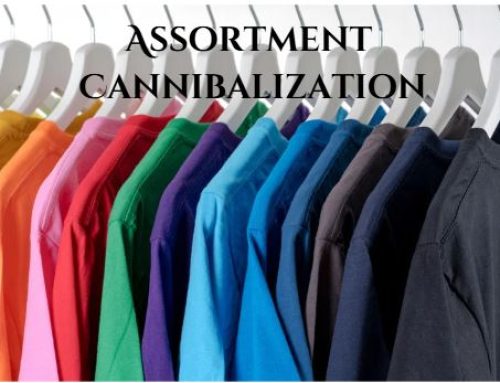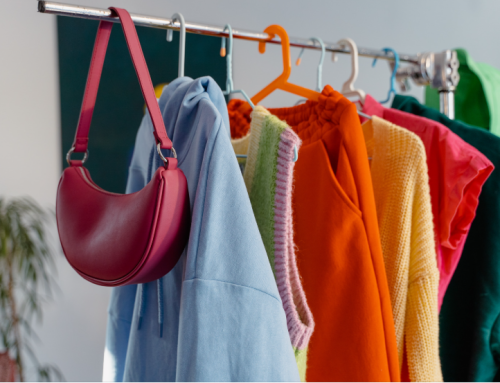Wedge or depth and breadth?
Retailers have debated for decades whether wedge planning or depth and breadth planning is more effective. In wedge planning, retailers cluster stores by sales volume and determine how many styles each cluster will receive. The wedge method aligns buying with merchandise financial plans.
Understanding Depth and Breadth
Stores with high sales can sell a wider breadth of merchandise and a greater depth of styles. Lower-sales stores receive a narrower assortment with fewer styles.
Breadth and depth planning in retail refers to how retailers structure product assortments:
- Breadth (Variety): The range of product categories or styles offered. A high-breadth assortment includes many different types of products, appealing to more customers.
- Depth (Quantity per Style): The number of units or variations (e.g., sizes, colors) available per style. A high-depth assortment focuses on offering many options within fewer styles.
How the Wedge Restricts Retailers
The wedge offers efficiency but limits retailers’ ability to respond to demand. It constrains buyers to a set number of styles, preventing quick trend adaptation. If a trend doesn’t fit into the plan, merchants must redo the entire strategy.
The wedge turns merchants into order-takers. They follow a fixed list instead of making strategic decisions. Adjusting plans after setting open-to-buy is too complicated. Retailers should empower buyers to allocate products and calculate purchases based on market needs.
Using multiple demand dimensions refines assortments. For example, a style might work best in high-sales markets, warm climates, and conservative customer bases. The wedge lacks flexibility for this type of planning. To keep merchandise planning in sync, retailers must constantly recalculate buy choices, dollars, and units.
Misclustering Stores with the Wedge
Retailers using the wedge create four or five-store clusters based on sales volume. High-performing stores receive the widest breadth, while low-performing stores get only bestsellers.
This method forces retailers to plan the same assortment for all stores in a cluster. However, customer preferences vary. A flagship store in New York serves different tastes than one in Los Angeles or Chicago, even if sales are similar. Adjusting for these differences requires manipulating data or creating separate plans.
Retailers end up with “one-size-fits-all” assortments, leading to overstocked or understocked products. Instead, they should cluster stores based on multiple customer factors like trends, climate, and region. Doing this during buying, not allocation, ensures they purchase the right number of units for the right stores.
The wedge method worked well before personalization and omnichannel retailing. Back then, retailers used spreadsheets for merchandise plans. Today’s consumers expect personalization, and modern technology supports detailed planning that the wedge cannot handle.
See also: How to Buy Based on Customer Demand
Leveraging Technology for Better Planning
Moving beyond the wedge shifts retailers from managing five unique assortments per year to handling hundreds dynamically. Traditional tools, such as Excel, cannot process this level of detail. This limitation has kept the wedge in retail.
Many assortment planning tools still reinforce wedge planning. Some software providers continue to sell outdated solutions developed due to past technological constraints.
Modern technology can now seamlessly handle buy planning. When implemented correctly, it can feel similar to wedge buying but with enhanced support and flexibility. Buyers can evaluate assortments by customers, channels, and geography.
The Future of Assortment Planning
Retailers can improve inventory management by considering customer demand before making assortment decisions. Clustering at the product class level ensures stores receive products they can sell while avoiding unnecessary stock.
Empowering merchants to allocate open-to-buy funds enhances trend responsiveness. Multiple customer demand dimensions allow retailers to customize assortments to each store’s needs.
The wedge remains common in many retail organizations, but its time is running out. Advanced technology enables detailed planning, and retailers embracing a sophisticated approach will outperform those using outdated methods.
See what your margin improvement potential is with the right tool >>






















